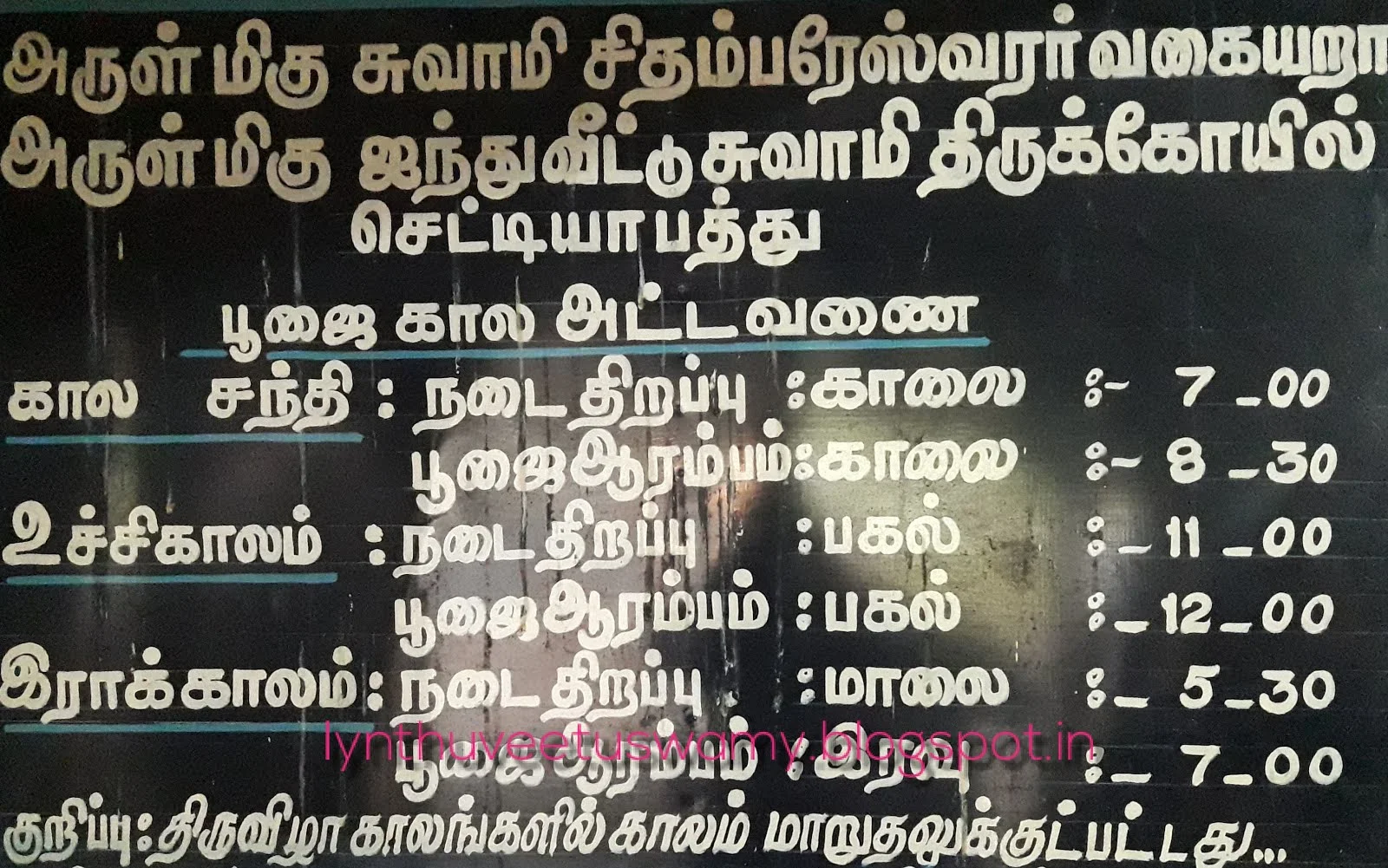Ramanathaswamy Temple
The Ramanathaswamy Temple (Rmantasvmi Kyil) is a Hindu temple dedicated to the god Shiva on the island of Rameswaram in Tamil Nadu, India. It is also a Jyotirlinga temple, one of the twelve Jyotirlinga temples. It is one of the 275 Paadal Petra Sthalams, where Appar, Sundarar, and Tirugnana Sambandar, three of the most respected Nayanars (Saivite saints), have glorified the temple with their songs. The temple was expanded by the Pandya Dynasty in the 12th century, and its main shrines sanctuary was rebuilt by the Jaffna kingdom's Jeyaveera Cinkaiariyan and his successor Gunaveera Cinkaiariyan. Among all Hindu temples in India, this one has the longest corridor. Rameswaram, where the temple is located, is an important pilgrimage place for Shaivites, Vaishnavites, and Smarthas. Before crossing the bridge to Lanka, Rama built and worshipped the presiding god, the Lingam of Ramanathaswamy (Shiva).
Legend
Rama, the seventh avatar of the god Vishnu, pleaded to the god Shiva to forgive him for killing a Brahmin during the war against the Rakshasa king Ravana (who was a brahmin, son of a vedic rishi) in Sri Lanka, according to the Ramayana.
Rama desired a huge lingam in which to worship Shiva. He told Hanuman, his army's lieutenant, to bring a lingam from the Himalayas. When Hanuman took too long to bring the lingam, Rama made a miniature lingam out of sand from the seashore, which is thought to be the lingam in the sanctuary.
Architecture
The east and west temple towers are depicted in this image.Ramanathaswamy (Shiva) in the shape of a lingam is the temple's main deity.[1] Inside the sanctum, there are two lingams: one built by Rama from sand and serving as the principal deity, Ramalingam, and another carried by Hanuman from Kailash, Vishwalingam.
Because the Vishwalingam was carried by Hanuman, Rama directed that it be worshipped first; this tradition is still followed today.There is a high compound wall (madil) on all four sides of the temple premises, measuring around 865 feet furlong from east to west and one furlong of 657 feet from north to south, same like all ancient temples in South India.
The outer set of corridors is said to be the world's longest, measuring around 6.9 m in height, 400 feet in each direction east and west, and 640 feet in each direction north and south. The east and west inner corridors are about 224 feet long, and the north and south inner corridors are around 352 feet long. [7] Their width varies from 15.5 to 17 feet in the east and west, 172 feet in the north and south, and 14.5 to 17 feet in the middle. [5] [7] These corridors have a total length of 3850 feet. In the outside corridor, there are approximately 1212 pillars. [7] From the ground to the centre of the roof, they are around 30 feet tall. The main tower, known as the rajagopuram, stands 53 metres tall.
Individual compositions are carved into the majority of pillars. [7] Ramanathaswamy Temple was originally a thatched shelter. The current structure is the result of the efforts of countless people over many generations. The Setupatis of Ramanathapuram take pleasure in their role in the Temple's construction. Dalavai Setupati constructed a part of the main eastern Gopuram in the seventeenth century. Muthuramalinga Setupati, who ruled for forty-nine years between 1763 and 1795, built the world-famous third corridor in the late eighteenth century. "Chokkatan Mandapam" was the name of the passageway. Muthuirullappa Pillai was the Mukhya Pradhani (Chief Minister) and the Chinna Pradhani (Deputy Minister).










